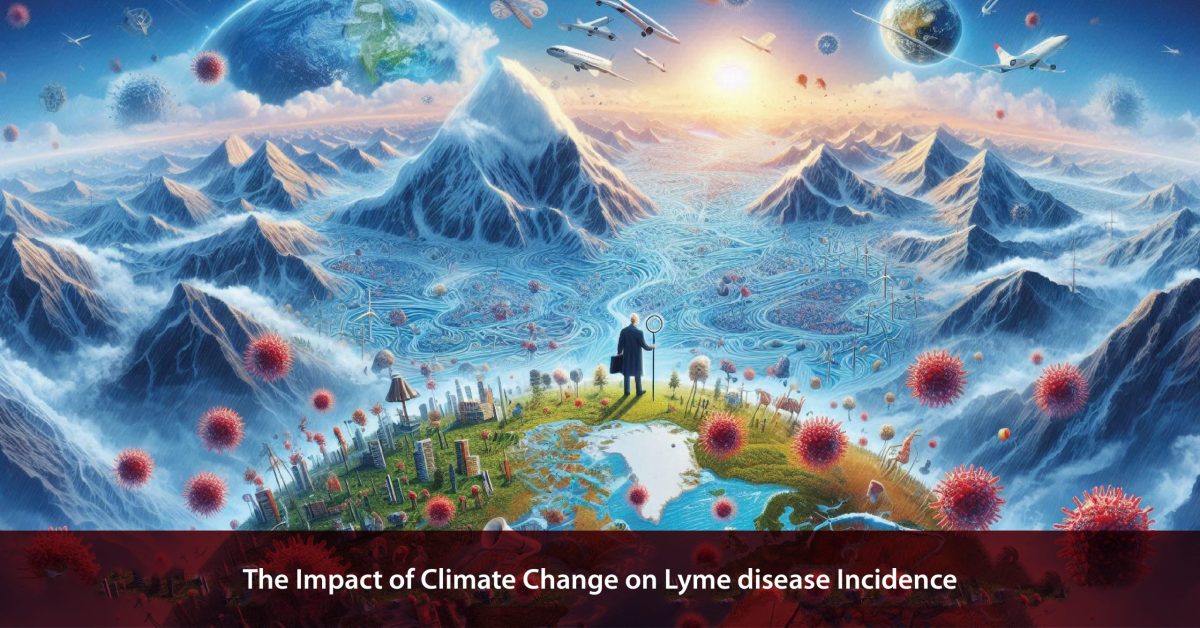Introduction
Lyme disease is an emerging tick-borne illness caused by the bacterium Borrelia burgdorferi, which has become a serious health concern in many regions, particularly North America and Europe. Though usually perceived as a neglected illness, in the previous decades, it has revealed growth in humongous proportions, which triggered mammoth research into the potential drivers of the increase. One important factor explaining the rise of Lyme cases is the change in climate. The wider habitats of ticks and their hosts conferred by rising temperatures have allowed Lyme disease to geographically spread. In this paper, we review how climate change is affecting the distribution of Lyme disease, tending towards the interaction between environmental changes, tick ecology, and the effect on public health.
Climate Change and Tick Ecology
The primary vector in disease transmission is the black-legged tick known as Ixodes scapularis. These small, red arachnids require warmth, humidity, and appropriate hosts on which they depend, like small mammals, birds, and deer, to survive and thrive. The climate is changing dramatically, and the nature of these conditions, from temperature to moisture, is increasingly favorable for many types of ticks. Warmer temperatures and milder winters allow for more ticks to survive and reproduce, increasing their rate of development.
Further, the geographic range of ticks is expanding as they invade newer territories, which earlier were not fit for them because of cold climatic conditions. In places, such as the northern parts of the United States and parts of Canada, where winter temperatures used to be too cold for the survival of ticks, rising temperatures are allowing them to take a foothold and multiply. This is particularly concerning because it subjects the populations within the newly academic regions to Lyme disease, where public health preparedness and healthcare systems are not effective enough to manage the disease.
Altered Ticks and Host Activities
Climate change is further disturbing the yearly activity patterns of the ticks. Primarily, warm months are when ticks are most active throughout the year, usually from spring through early fall. However, increases in temperature cause the ticks to be active earlier in the spring and late into the fall. This extended period for tick feeding increases the time of contact between people and animals with ticks and, consequently, Lyme disease.
Environmental factors, along with climate change, have influenced both the tick hosts behavior and habitats. For example, the white-footed mouse is known to be the major reservoir of Borrelia burgdorferi and is negatively affected by global warming, which has resulted in an increase in their population and a northern expansion of their territory. Another important part of adult tick hosts is the deer. With climate change and environmental conditions leading to a change in their habitat, they are now moving to new areas. With the ticks, the hosts, and the interaction with humans in the new areas, more cases of Lyme disease have been reported.
